Archives
- 2025-12
- 2025-11
- 2025-10
- 2025-09
- 2025-04
- 2025-03
- 2025-02
- 2025-01
- 2024-12
- 2024-11
- 2024-10
- 2024-09
- 2024-08
- 2024-07
- 2024-06
- 2024-05
- 2024-04
- 2024-03
- 2024-02
- 2024-01
- 2023-12
- 2023-11
- 2023-10
- 2023-09
- 2023-08
- 2023-07
- 2023-06
- 2023-05
- 2023-04
- 2023-03
- 2023-02
- 2023-01
- 2022-12
- 2022-11
- 2022-10
- 2022-09
- 2022-08
- 2022-07
- 2022-06
- 2022-05
- 2022-04
- 2022-03
- 2022-02
- 2022-01
- 2021-12
- 2021-11
- 2021-10
- 2021-09
- 2021-08
- 2021-07
- 2021-06
- 2021-05
- 2021-04
- 2021-03
- 2021-02
- 2021-01
- 2020-12
- 2020-11
- 2020-10
- 2020-09
- 2020-08
- 2020-07
- 2020-06
- 2020-05
- 2020-04
- 2020-03
- 2020-02
- 2020-01
- 2019-12
- 2019-11
- 2019-10
- 2019-09
- 2019-08
- 2019-07
- 2019-06
- 2019-05
- 2019-04
- 2018-11
- 2018-10
- 2018-07
-
Classically HIF levels and consequently HIF
2022-06-22
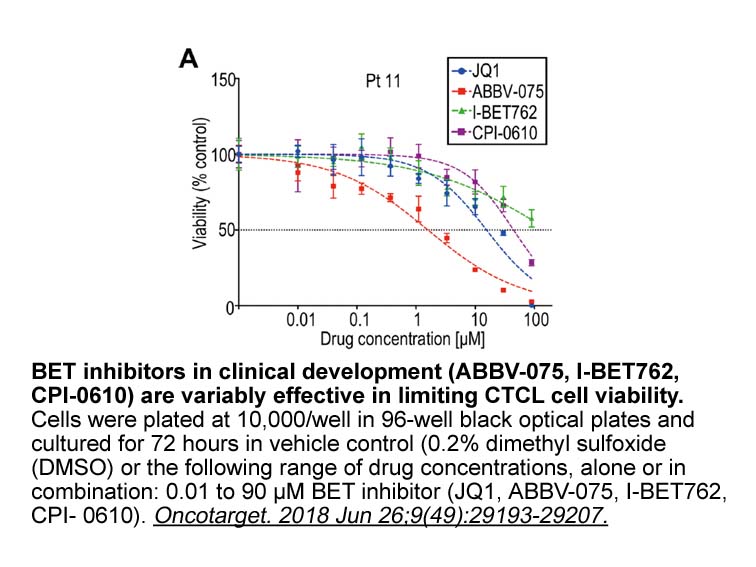
Classically HIF-α levels and consequently HIF transcriptional activity have been associated with hypoxic conditions. However, some years ago, regulation by hormones of HIF transcriptional activity under normoxic conditions was demonstrated. Different stimuli such as heregulin, IGF1 and insulin, amon
-
Intracellular signaling pathways leading to
2022-06-22
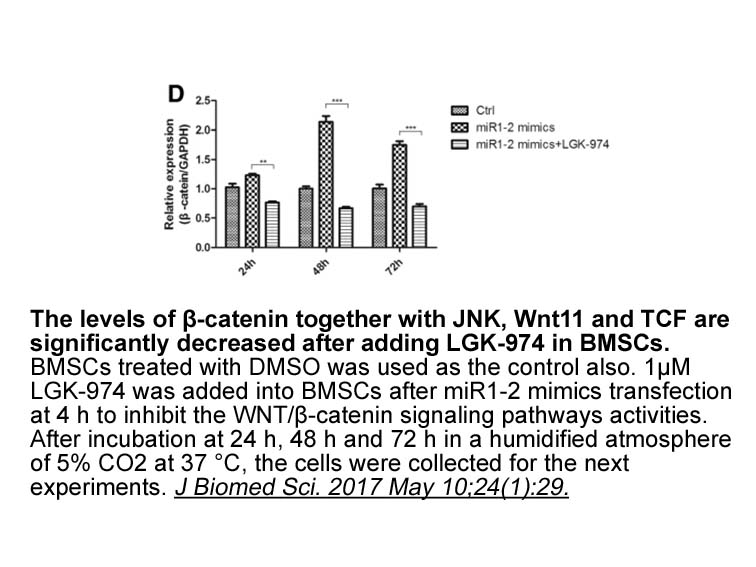
Intracellular signaling pathways leading to IR injury are initiated by an increase in reactive oxygen species (ROS). This occurs principally at the time of initiation of reperfusion, which is accompanied by the re-admission of oxygen to the ischemic tissue. The resulting cascade of downstream events
-
br Conclusion The development discovery of compounds targeti
2022-06-22
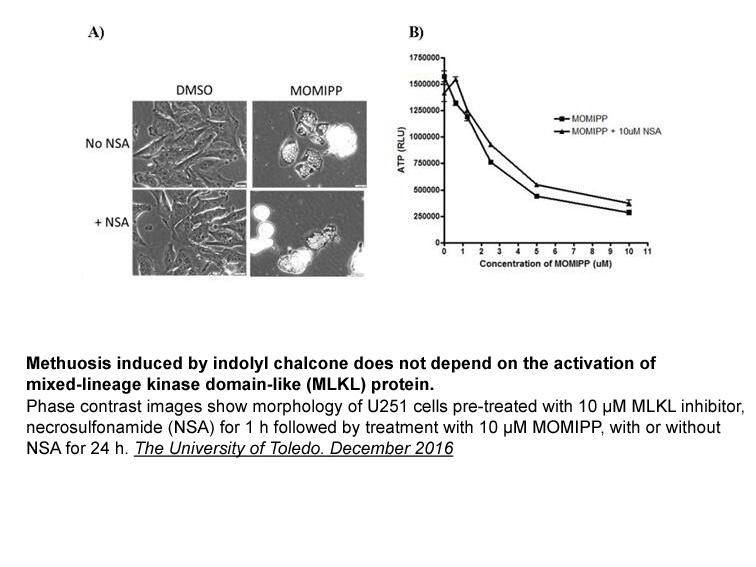
Conclusion The development/discovery of compounds targeting small GTPases is challenging [43,44]. Our data point to RBC8 being efficient and potent as a Ral inhibitor in human and mouse platelets, but that it exhibits some activity beyond just Rals, particularly in mouse platelets. It is however
-
Finally a potentially effective therapeutic
2022-06-22
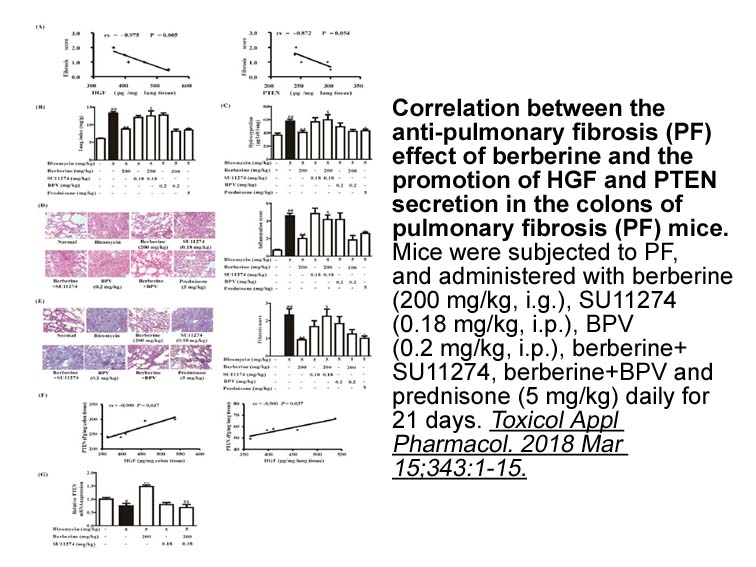
Finally, a potentially effective therapeutic approach is to target the LDH enzymes that mediate bidirectional conversion of pyruvate into lactate. In particular, because LDHA is the predominant isoform expressed in glycolytic tumours, an array of LDHA-targeting compounds have been proposed and valid
-
As natural ligands of GPR several long
2022-06-21
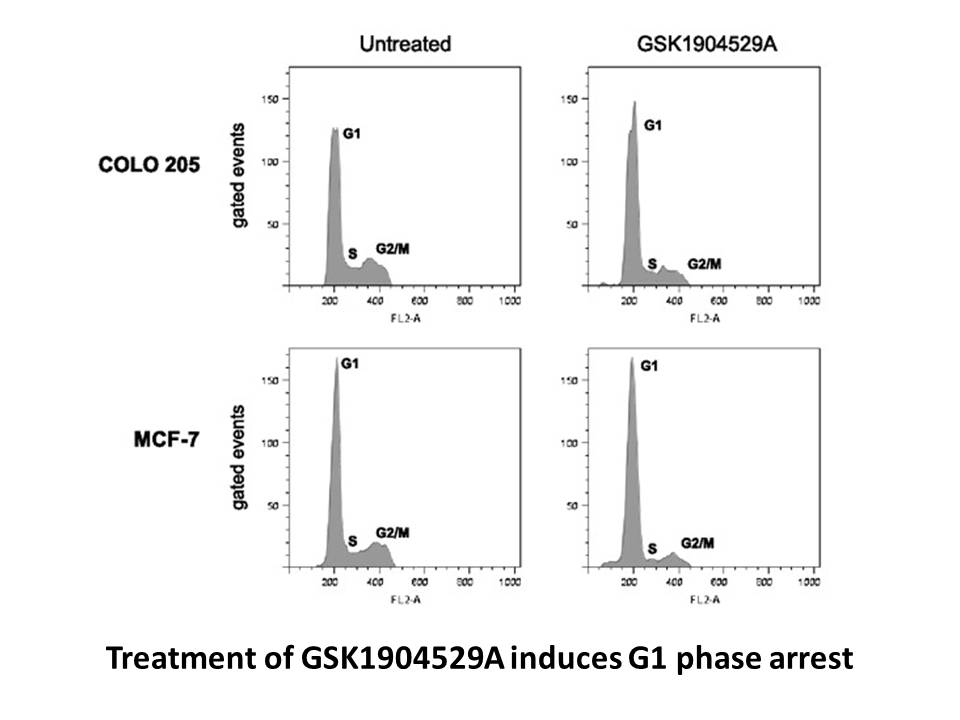
As natural ligands of GPR120, several long chain polyunsaturated fatty acids (Lc-PUFAs) have been demonstrated to modulate the 3T3-L1 adipogenic differentiation. However, the effects of the Lc-PUFAs are inconclusive. DHA is shown to inhibit, promote or even not affect the differentiation of preadipo
-
br Experimental procedure br Acknowledgments This research w
2022-06-21
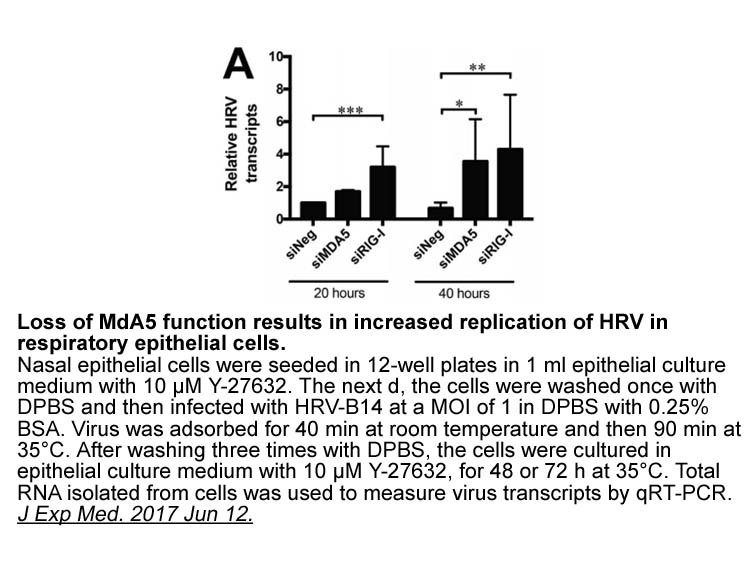
Experimental procedure Acknowledgments This research was supported by funds provided by NIH/NIAAA grant P01 AA020683 and the Waggoner Center for Alcohol and Addiction Research. Introduction Acute mesenteric ischemia (AMI) is still associated with a high mortality rate, and currently, an ea
-
Polymerisation of HbS initiates the clinical
2022-06-21
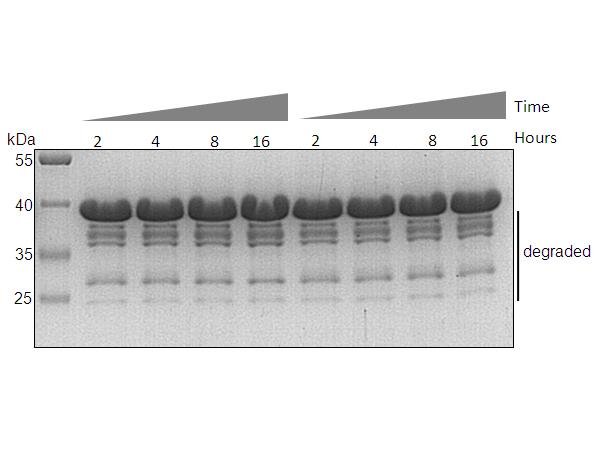
Polymerisation of HbS initiates the clinical complications of SCD (Bunn and Forget, 1986). The resulting sequelae are multiple and diverse, and their individual impact on pathogenesis is difficult to elucidate. Early changes include altered red cell membrane permeability (Gibson and Ellory, 2002, Le
-
br Conclusions br Acknowledgement Work in the authors labs
2022-06-21
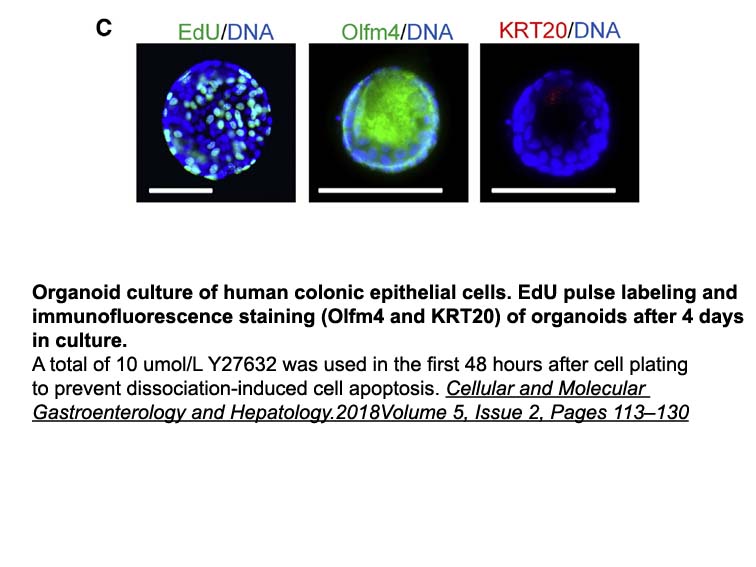
Conclusions Acknowledgement Work in the authors’ labs was funded by Natural Sciences and Engineering Research Council of Canada (OGP0194652 and OGP0041653) and Diabète Québec. Introduction Fifty years ago, Sydney Brenner proposed Caenorhabditis elegans as a useful model for the study of an
-
Analgesic activity was evaluated by measuring tail flick lat
2022-06-21
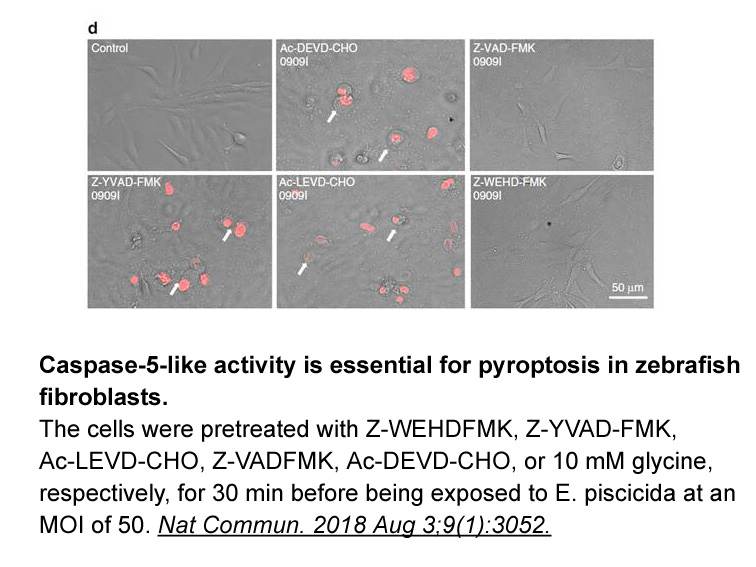
Analgesic activity was evaluated by measuring tail flick latencies to the immersion of rat’s tail in water, maintained at ∼51°C [18] after recovery from anesthesia. Typically, rats were immobilized inside a restrainer, leaving only the tail exposed, which was then immersed into the hot water bath, a
-
To improve the performance of
2022-06-21
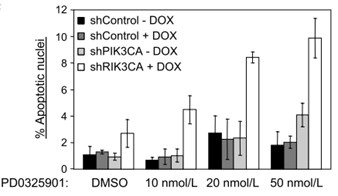
To improve the performance of the immunoassay, various nanomaterials including carbon nanospheres [9], gold nanoparticles [10] and transition metal compounds [11] were used to immobilize natural enzymes as the label. Natural enzymes, such as horseradish peroxidase (HRP) [12] and glucose oxidase (GOD
-
Lentiviruses are associated with immunological impairment in
2022-06-21
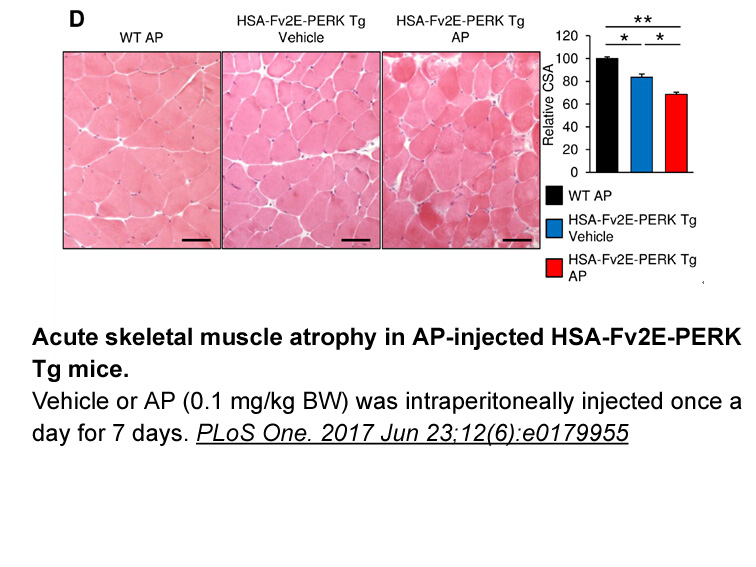
Lentiviruses are associated with immunological impairment in their respective hosts, and both human immunodeficiency and feline immunodeficiency viral infections increase the likelihood of secondary bacterial infections [23], [24]. Recently, Kubes et al. [25] demonstrated that feline neutrophils exh
-
Despite their undisputed importance however FPR
2022-06-21
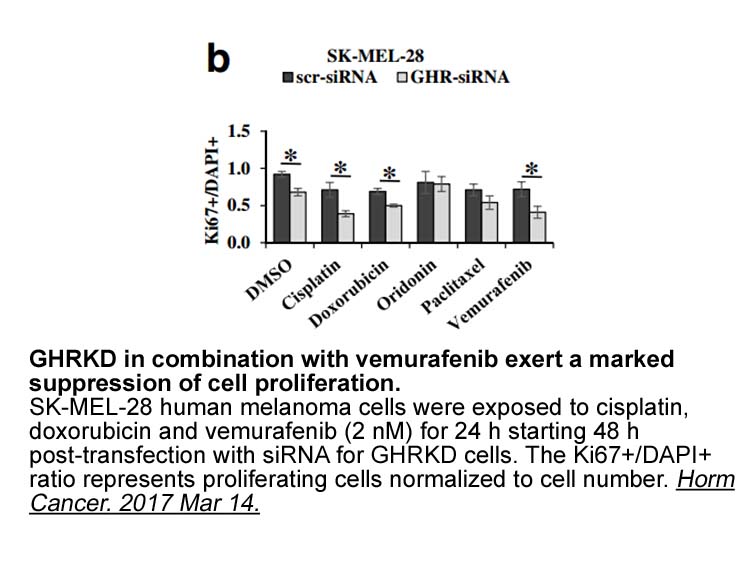
Despite their undisputed importance, however, FPR receptors are not in the limelight of GPCR-related research (for review [12] and references therein). We, therefore, draw attention to this GPCR receptor family, in order to re-initiate FPR-related research, particularly in the light of biased agonis
-
br G protein coupled receptor GPR also known
2022-06-21
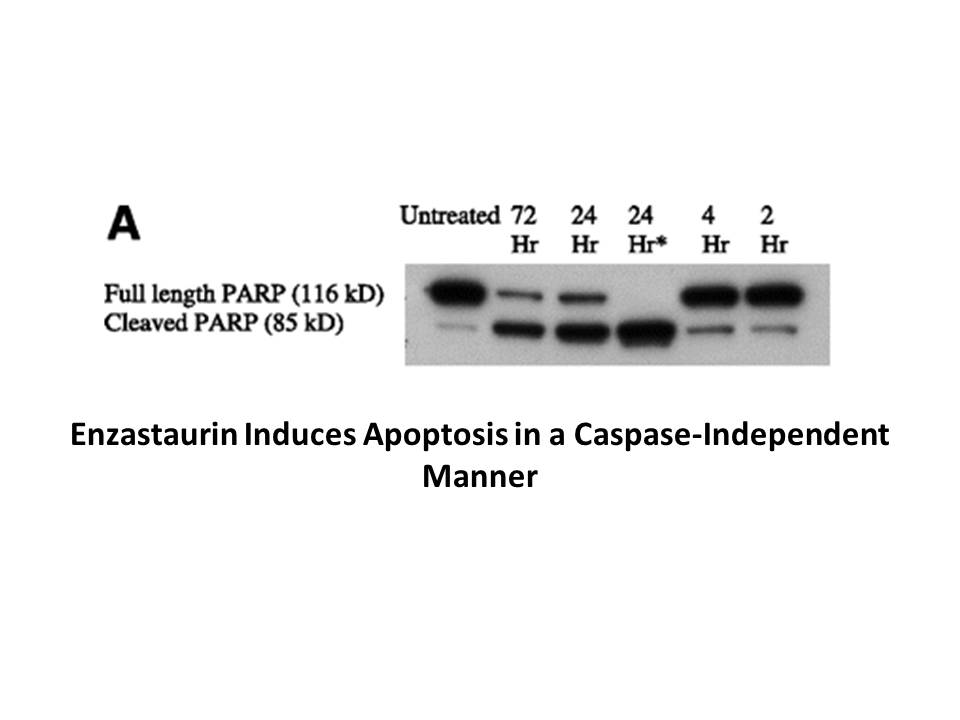
G-protein coupled receptor 40 (GPR40), also known as a free fatty Natural Product Library synthesis receptor, is dominantly expressed in pancreatic β cells and intestine K, L cells., . Besides, GPR40 is also reported to be expressed in brain, but its function is still unknown. It is well document
-
br Methods and materials br Conflict of interest statement b
2022-06-21

Methods and materials Conflict of interest statement Introduction Ferroptosis (ferro = “ferrous ion (Fe2+)”, ptosis = “fall”), implicating the crucial role of cellular iron played in cell death, is a new form of nonapoptotic programmed cell death characterized by iron-dependent accumulation
-
Genetic contributions to this dysregulation of expression ha
2022-06-21
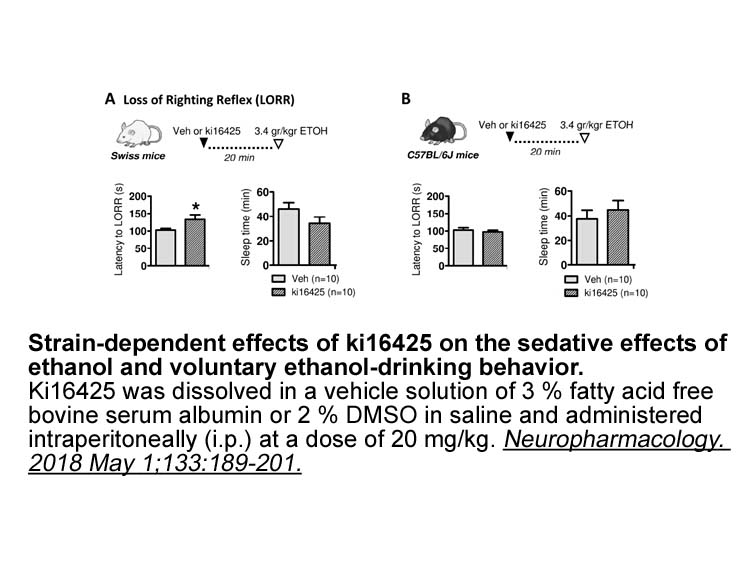
Genetic contributions to this dysregulation of expression have been studied, and significant associations have been found. The Fas −670 polymorphism is associated with preterm premature rupture of membranes, preeclampsia, as well as intrauterine growth restriction [7], [16]. The Fas SNP (−670 A>G) i
15833 records 431/1056 page Previous Next First page 上5页 431432433434435 下5页 Last page